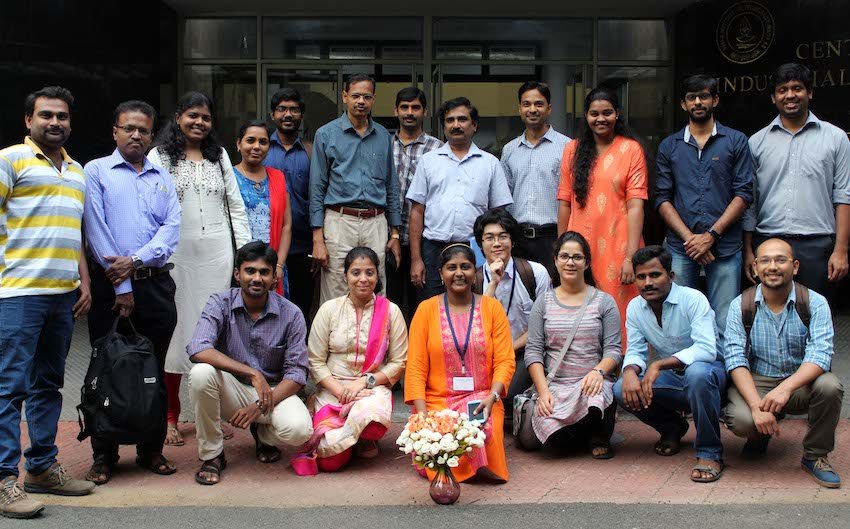IIT-M studies high transmission rate, mortality of SARS-CoV-2
April 26, 2021 | Monday | News
The scientists set out to find the reason behind the mildness and severity of disease caused by these viruses
Indian Institute of Technology Madras (IIT-M) researchers are studying the high transmission rate and mortality of SARS-CoV-2, using computational tools. The team has studied its two close variants - SARS-CoV and NL63.
The team set out to understand how the spike proteins (which enables the coronavirus to penetrate human cells and cause COVID-19) of these different virus strains are interacting with the ACE2 receptors of human cells and how this interaction is affecting their transmission potential and severity of the disease
The ‘NL63’ belongs to sub-family alpha coronavirus can be considered as a ‘cousin’ of SARS-CoV-2. SARS-CoV is more severe than SARS-CoV-2 whereas NL63 shows milder symptoms than SARS-CoV and SARS-CoV-2.
The scientists set out to find the reason behind the mildness and severity of disease caused by these viruses.
Using various computational tools, the team found that the interaction area between spike protein and ACE2, surrounding hydrophobicity and interaction energy play a key role in deciding the severity and transmission potential of coronaviruses. The team also found that the distant cousin NL63 has unique ACE2 binding sites compared to SARS-CoV and SARS-CoV-2.
However, some of the binding site regions are conserved and any change in these regions is evolutionarily prohibited. Further, they found that less interaction area, surrounding hydrophobicity and interaction energy for the interface residues are the main reasons for the mild severity of NL63 coronavirus.
Such a study, the researchers said, will help find ways to reduce the gravity of the severe disease-causing coronaviruses and develop effective therapeutic interventions, which can be used across ACE2 binding corona-virus strains and potentially other viruses that may target ACE2 for infection. The team is also working on repurposing the known drugs, which target the identified conserved regions on the viral S-protein and can help in treating coronavirus infections.










